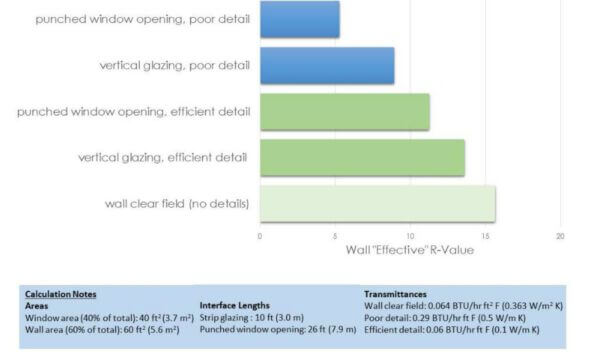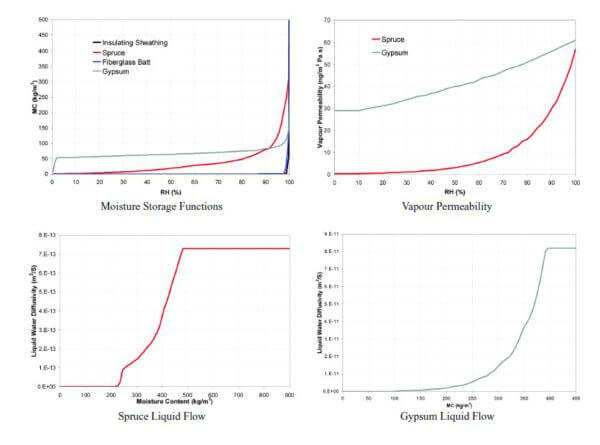Quantifying the Benefit of Venting Glazed Spandrels to Reduce Breakage and Control Moisture
While venting glazed spandrels is cited to be a benefit to control heat buildup, several instances of spontaneous glass breakage in spandrel insulated glazing units, attributed to thermal stress, have ...
Read MoreCanadian Window Wall – Design Challenges and Opportunities
One of the defining characteristics of new high-rise residential apartment building design in Canada today is the thermally broken, open-back aluminum frame ‘window wall’ building envelope system. Until recently, Canadian ...
Read MoreThermal Bridging: Ignorance is not bliss
Across North America, we are seeing more stringent thermal requirements in building codes and designers are responding by increasing the amount of insulation in walls, all in an attempt to ...
Read MoreVisualizing the Pathway to Low Energy Buildings – the Real Impact of the Building Envelope
Thermally efficient building envelopes have long been recognized as a necessity for low energy buildings in heating dominated climates. Low energy buildings are not only a goal for buildings built ...
Read MoreThermal Breaks and Energy Performance in High-Rise Concrete Balconies
The building sector is the largest consumer of energy in the United States and Canada – approximately 20 to 40% of primary energy use. Space conditioning makes up nearly half ...
Read MoreDeveloping a Design Protocol for Low Air and Vapour Permanence Insulating Sheathing in Cold Climates
Morrison Hershfield developed a design protocol for the application of insulating sheathing to low-rise buildings with high interior relative humidity (maximum 60%) for a range of degree-day locations across Canada.
Read MoreNVELOPE Project Builder
NVELOPE’s Project Builder is a free online service that allows visitors to our portal to submit their rainscreen building project requirements.
Read MoreThermal Performance of Building Envelope Details for Mid and High-rise Buildings (ASHRAE RP-1365)
The reduced thermal resistance due to thermal bridging through steel and concrete framing can have a significant impact on the whole building energy performance. Uncertainty about the thermal performance of ...
Read MoreBuilding Envelope Thermal Bridging Guide
This guide aims to help the B.C. construction sector realize more energy-efficient buildings by looking at current obstacles and showing opportunities to improve building envelope thermal performance. Version 1.2 expands ...
Read MoreBC Energy Step Code Design Guide
The guide will help local governments and industry understand the benefits and impacts of key design strategies necessary to achieve each step of the standard, including both mechanical and envelope ...
Read More

Building Performance Library
Analyzing how all building systems function together to achieve greater energy efficiency, improved durability and optimized performance.








